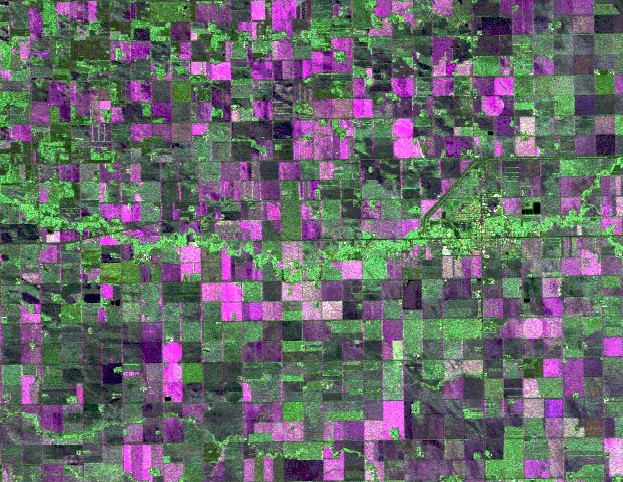A CASE FOR AG LITERACY
GROWING HUMAN CAPITAL IN AGRICULTURE
BY FRANK ROBINSON
In the last 25 years, How much have our agricultural education programs changed to encourage enrolment? For certain, the student demographic has changed. Fewer people are living on farms, so there are fewer post-secondary students with a farming background.
Consideration of agriculture careers may be less likely as urban primary and secondary education can present a negative, misrepresentative view of agriculture. There is a feeling that if you have not come from a farm, you will probably not end up on one. We must fix that misconception if we are going to meet the needs of the ag industries with a new generation of students.
There are many suggested reasons for the decline in student interest in some classical ag programming. As a career choice, it comes paired with certain negative perceptions. In 2012, a U.S. website stated that the “top five useless degrees” included agriculture (No. 1), animal science (No. 4) and horticulture (No. 5), based on negative growth in positions for graduates. Some negativity may be associated with the press coverage of issues including zoonotic diseases (BSE, H1N1 influenza), animal rights demonstrations, environmental issues, large-scale farming, shrinking genetic diversity and biotechnology. Economic downturns in some sectors have negatively impacted farming communities and may have discouraged people from continuing in family operations or from entering agriculture as a career.
The ag sector, and ag education programs in particular, must do a better job of cultivating agriculture interest in “new-to-ag” students. These can be urban students, rural non-farm students or international learners. These students must be presented with safe, supported opportunities where it is ok to ask questions and pique interest. It starts by providing opportunities to build ag literacy in which new-to-ag students can develop fluency in ag issues on an even playing field with students who can already run a combine or neuter a bovine. There are ways to do this that actually serve farm-experienced students well, too. Broadly based courses in which no student “knows it all” help establish common learning in the classroom, lab or field. In my experience, students who know everything about beef cattle may know little about swine or poultry. We all have something to learn.
I am a strong believer in “learning with dirty hands”—likely due to my 4-H experiences over 40 years ago. I like to see students having close contact with plants and animals in their first university days. This helps them to see new opportunities, widens their view and gives them a chance to see themselves doing something they had never considered before. Over the years, I have come to value “learning with dirty feet” as students validate their ag contact experiences.
What can each of us do? It would be great if our ag commodities could come together to build short-term (summer) or long-term (year-long) ag internship opportunities for students. I have found that summer employment in ag disciplines is more effective in “ag evangelism” than academic programs are. We can invite students to our annual meetings, demonstrations and technical meetings to help them fit in.
We need to look at how we put our programs together. A fundamental question in first-year curriculum planning has been: “What should come first: the big-picture overview or the discipline-based details?” In my experience, students need to engage with the issues in agriculture and then, through formal course work and open-ended problem solving, learn what they need to advance themselves.
As we shape and establish students to become lifelong learners, they must become familiar with seeking knowledge and assessing the quality of it. The current undergraduate generation has grown up with web-based knowledge acquisition and they are less dependent on classical textbooks than previous generations.
Nonetheless, they must be encouraged to stay up-to-date with new published knowledge and to build connections with researchers and practitioners.
It is time to awaken an interest in agriculture in all students. The inclusion of agricultural principles in high school science curricula is one place to start, but a broad education at the ag school or university is a great opportunity, as well. Let’s start now.







Comments